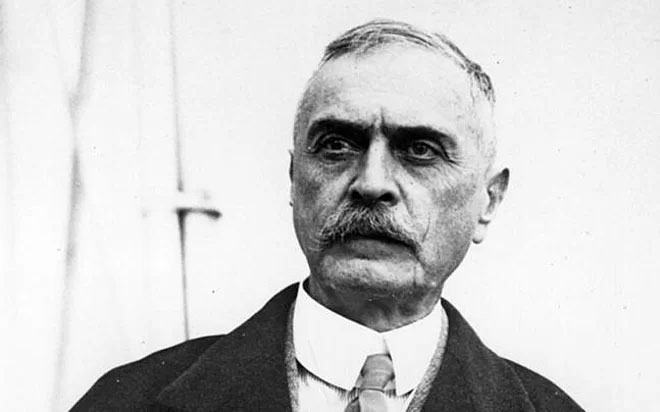Numerous blood transfusion experiments have been carried out during the three decades preceding the discovery by scientists of the blood group and the principle of transfusion.
The history of blood transfusions began in the 1600s when British scientist William Harvey discovered that blood circulates through the heart rather than the lungs. Based on this knowledge, doctors believed that a blood transfusion could help treat a wide range of conditions, such as postpartum hemorrhage and even mental illness. The first blood transfusions in history were also performed around this time, but most failed and the recipient died.
British and American doctors are also experimenting with blood transfusion between animals. In 1666, the first successful blood transfusion between animals was performed.
In 1667, French physician Jean-Baptiste Denis performed 350 ml of sheep blood transfusion to a 16-year-old boy with severe blood loss. After the transfusion, the boy’s health was a bit more stable, Jean said his method of blood transfusion was effective. Of course, human blood and sheep blood are incompatible, the boy was lucky to survive because the amount of sheep blood transfused into his body was not large enough.
Soon after, with the “success” of the first blood transfusion, Jean continued to perform a calf blood transfusion to a male patient with mental illness. He believes male patients with bad blood should be replaced with good blood. If transfused with the blood of a gentle animal like a calf, this mentally disturbed patient will no longer have strange behaviors and attitudes.
However, after three blood transfusions, the patient developed symptoms of sweating, warm hands and armpits, kidney damage, dark urine, and died.
After the patient’s death, Dr Jean was found criminally responsible and blood transfusions were banned throughout France. Doctors and researchers also stopped transfusion altogether until the 19th century.
In the 1800s, Dr. James Blundell discovered that blood can only be transmitted between animals of the same species. In 1818, he saved the life of a woman who was hemorrhaging after a blood transfusion from her husband. He also performed 10 other blood transfusions during this time, but found the success rate was not high and it was luck. While some patients recover very quickly from a blood transfusion, others die within days.
 Scientist Karl Landsteiner received the Nobel Prize for Medicine in 1930 after discovering blood groups. (Photo: India today).
Scientist Karl Landsteiner received the Nobel Prize for Medicine in 1930 after discovering blood groups. (Photo: India today).
In 1901, Austrian scientist Karl Landsteiner marked a remarkable milestone in the history of medicine when he discovered that humans have three groups A, B, O, classified by antigens on the surface of red blood cells. At this point, scientists realized that the previous death was due to an incompatible blood transfusion, causing blood clots, resulting in death. The right blood transfusion is very important. Karl Landsteiner opened a new direction for hematology, the risk of dying during the infusion has almost disappeared.
In 1916, after American Oswald Robertson demonstrated that blood could be stored and refrigerated, the number of transfusions increased dramatically. In the 1940s, hundreds of blood transfusions were performed every day, the number of blood banks was increasing. In recognition of his great contribution to medicine, Karl Landsteiner was awarded the Nobel Prize for Medicine in 1930.


